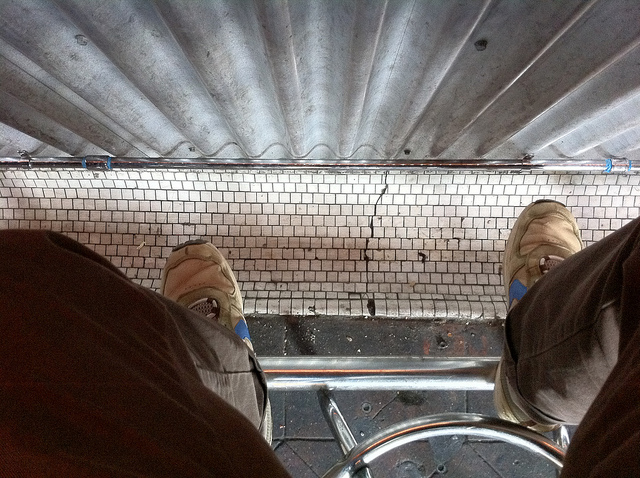
Yesterday I wrote about how the size of seed investments impacts the likelihood of raising a Series A round. The data shows that raising a seed round under $300k gives you a very small chance of raising a Series A. I’ve always thought that small seed rounds are risky, because it doesn’t give you enough time to get the traction you need to raise more capital.
One of the things I see quite frequently when founders raise a seed round (typically smaller rounds, but it happens with larger amounts too) is what I’ll call the “post-funding trough”.
Raising money always feels like a big win, so there’s a short amount of celebration time, often followed by trying to use the money quickly to do a lot of things. Too many things, really. Some of them feel like necessary parts of ramping up–hiring for example–which can consume tons of time. There’s a lot of operational investment that takes place after fundraising: setting up an office, recruiting, etc. — essentially turning the startup into a “business”. Some of this work is necessary, but it’s also hugely distracting. And after spending a good chunk of time raising money (which is also hugely distracting from growing your startup), it’s time you can’t waste.
Along with the operational efforts that kickstart post-fundraising, I see a lot of startups that try to chase too many things at once. With money in the bank they “ramp up” and suddenly there are more initiatives and projects on the go than ever before. This frenzy of activity might look positive and feel exciting, but when things don’t pan out as expected, as quickly as planned, you hit the post-funding trough.
In later rounds (Series A, etc.), when there’s more traction and better clarity around what’s going on (hopefully!), raising money is a genuine accelerant put towards things that are working well. But in an early seed round, funding is an accelerant into “let’s do a bunch of stuff and see what happens,” risking the loss of any focus that existed.
There’s nothing wrong with experimenting. It’s a requirement to figuring things out. Early on there are more unknowns than knowns (no matter what you say!), so your job is to tackle risky areas of your business, experiment and find solutions. But you’ve got to be careful about losing focus and taking on too much. You’ve got to minimize the operational todos that aren’t absolutely necessary, and avoid distractions (e.g. funding celebrations, press about the funding, etc.)
The post-funding trough is at its worse around 4-6 months after raising a seed round. You’ve “ramped up” the business, you’ve tried a bunch of things, but the traction isn’t where you expected and now there are tons of loose threads all over the place. It becomes overwhelming. And now you’ve only got ~6 months of funding left and you know you need to start fundraising quickly, because it takes months to raise a round. Without the traction in place, raising a follow on round is going to be tough. Disillusionment takes hold. It can be extremely frustrating and emotionally draining.
Before you get caught in this situation (or if you’re already in there), here’s what I would suggest. Go back to your original vision. Go back to why you started the company in the first place and put that front and center. It wasn’t to get a lot of press. It wasn’t to spend time at conferences talking to people about how to raise money. It wasn’t to “run a business” — it was to build something meaningful and solve a real problem in the world. Go back to that vision and get re-energized by your original mission. Then scrap everything you’re doing that doesn’t help you achieve that vision, and focus. Find the one or two things you can do immediately that you believe put you back on the path. Everything else is noise.
You will have to make hard decisions. For example, get a little bit beyond six months, into the post-funding trough, and you might have to let people go. You have to reduce burn. It’s incredibly painful, but if you’ve over-hired based on the expectation that certain things would happen (and they didn’t), you can’t wait. Step up and make the hard choices.
I believe that a big vision–something you truly believe in even if you’re nowhere near achieving it–can help you get through the post-funding trough. It’s the foundation atop which everything is built. And then you need to simplify like crazy. Cut everything that’s a distraction. Give yourself the opportunity for small wins, to build up your confidence (and your team’s confidence), so you can claw out of the trough. It’s not easy, but lots of founders go through it. Maybe you’ll be more aware (if you read this) about the risks and mitigate them beforehand. Even if you don’t, you can pull yourself out. After all, you’re an entrepreneur–that’s what we do.
Photo from maisonbisson.
 Founding Partner at
Founding Partner at 